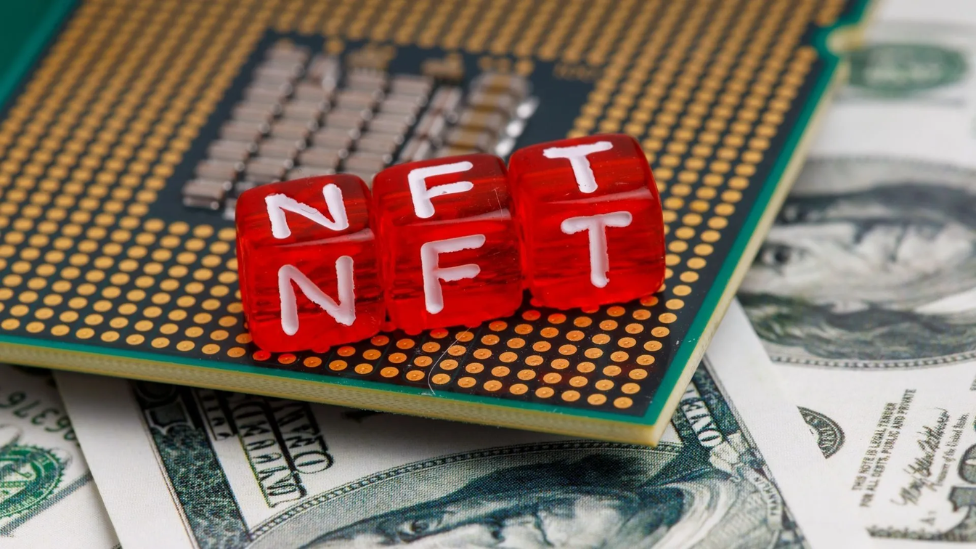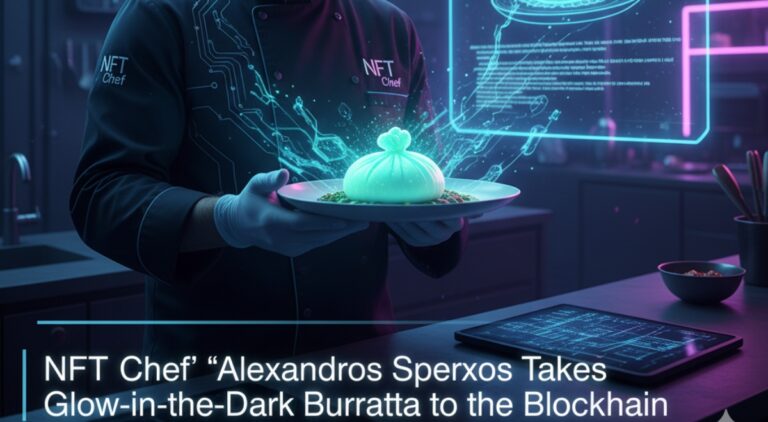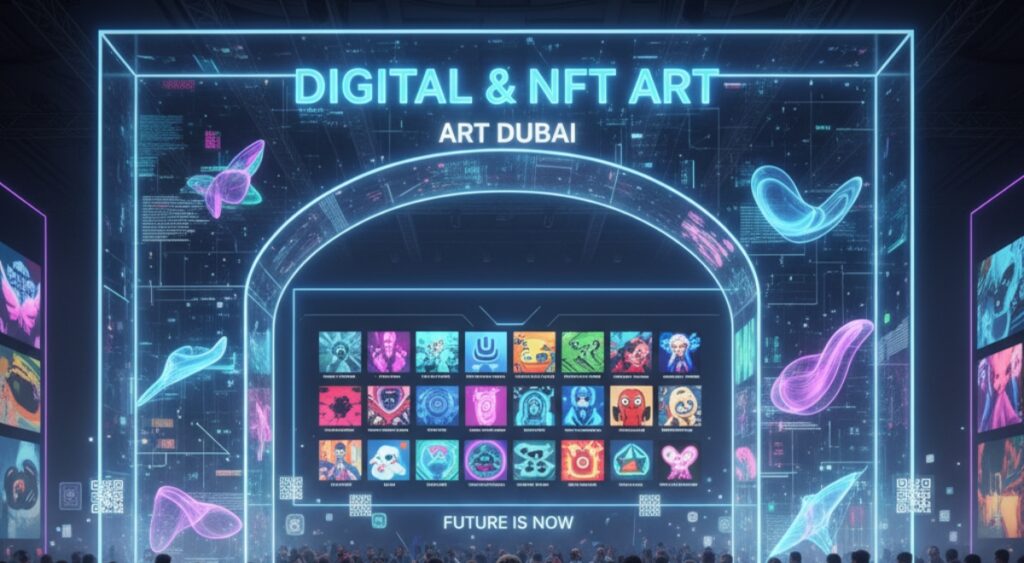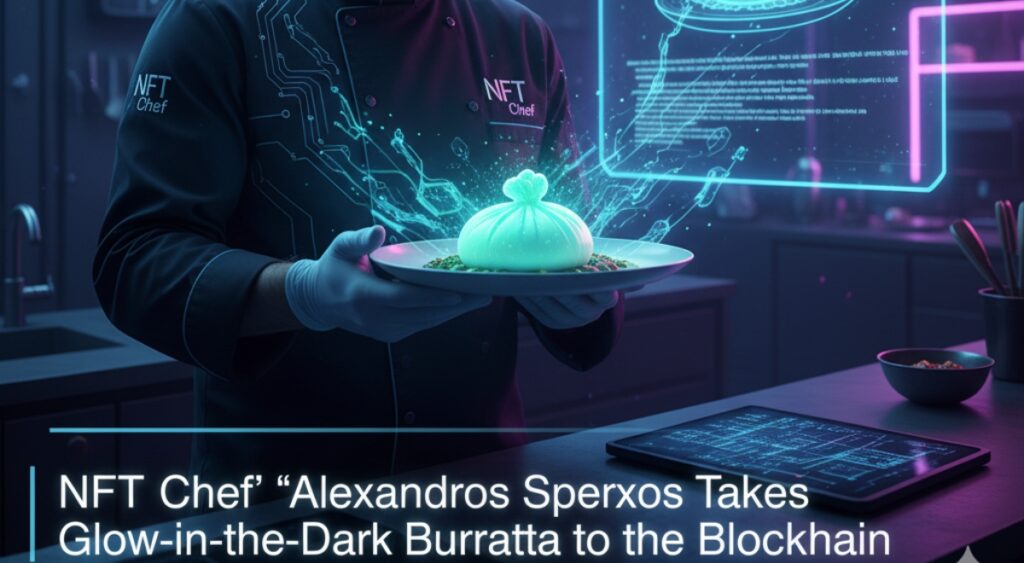In the digital sphere, non-fungible tokens (NFTs) have become a groundbreaking idea that provides a new approach to defining ownership, scarcity, and value for digital assets. These blockchain-based coins have captured the interest of investors, collectors, and artists alike. This article will examine five different NFT types that have recently drawn a lot of interest, including in-depth analysis and practical examples that highlight the NFTs’ broad and transformational potential.
The Five Types Of NFTs You Should Know About
Digital Art NFTs
One of the most well-known and well-recognized types of NFTs in the NFT ecosystem is digital art. Artists can tokenize their digital works using these tokens to claim ownership and validity. An iconic instance in this category is Beeple’s “Everyday: The First 5000 Days.” This groundbreaking NFT artwork by digital artist Mike Winkelmann, widely known as Beeple, made headlines by selling for an astonishing $69 million at a Christie’s auction. It marked a historic moment in the NFT space, solidifying the value of digital art.
Collectible NFTs (Crypto Collectibles)
Trading cards, stamps, and action figures are among examples of conventional collectibles that serve as models for collectible NFTs, also known as crypto collectibles. Limited editions of these digital assets are available for purchase, sale, or trading in NFT platforms. A prime illustration is CryptoKitties. Launched in 2017, CryptoKitties became a global sensation as users collected, bred, and traded unique digital cats. Some of the rarest CryptoKitties have fetched substantial prices in the NFT market, showcasing the potential for unique digital collectibles.
Virtual Real Estate NFTs
Virtual property Within blockchain-based metaverse platforms or virtual worlds, NFTs stand in for land ownership. T Decentraland is one of the most notable examples in this category. This blockchain-based virtual world enables users to buy, sell, and develop virtual real estate. Owners can create unique experiences, businesses, and communities within Decentraland, turning virtual land ownership into a thriving economy.
Music NFTs
Musicians and other creatives are starting to use NFTs to monetize their work and engage with their fan base in fresh ways. NFTs for whole albums, concert tickets, and even exclusive music tracks fall under this category. A notable illustration is Kings of Leon’s “When You See Yourself” NFT Album. The rock band Kings of Leon made waves by releasing their album as an NFT, offering buyers special perks like VIP concert access and other unique experiences. This marked a pioneering effort in the music industry to leverage NFTs for album releases.
Domain Name NFTs
By enabling users to tokenize domain names on blockchain networks, NFTs are also transforming the domain name sector. This makes sure that web addresses belong to the right people and makes the domain registration procedure easier. A notable illustration is the Ethereum Name Service (ENS). ENS is a decentralized domain name system built on the Ethereum blockchain. It enables users to register, trade, and manage domain names as NFTs, providing a secure and transparent solution for digital identity.
Conclusion
The NFT industry is undergoing a rapid evolution as it continuously pushes limits and ventures into uncharted territory. The five different NFT types covered here give a taste of the many possibilities and uses for which NFT technology can be used.
















